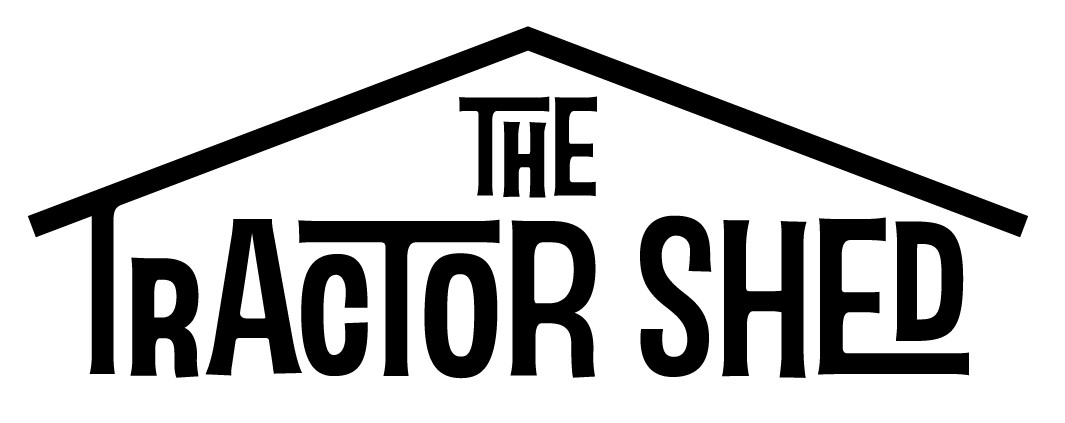STUDIO BUST OF A LADY
Code D11
A stunning studio portrait plaster bust of a woman attributed to acclaimed sculpture Barbara Tribe (1913-2000). Unsigned but it came from her studio.
DIMENSIONS (Inc plinth) H:39cm(15.34) W:15cm(5.90in) L:12cm(4.72)
Personal Life:
Barbara Tribe was an Austrailian born artist. she was regarded as a significant 20th Century portrait artist and sculpture.
Tribe was born in Sydney to English parents. In 1935 Tribe was awarded a travelling scholarship which allowed her to travel to England, where she lived and worked for the rest of her life. Tribe married John Singleman, an architect and potter, in 1947. They bought the former Baptist Sunday School building (later known as ‘The Studio’) in Sheffield, Cornwall in 1947 and moved there shortly afterwards.
Education
Tribe first studied at the Sydney Technical College from 1928 to 1933, joining when she was 15 years old. After travelling to England, Tribe first attended the Kennington City & Guilds School of Art in 1936–1937 before being accepted into the Regent Street Polytechnic School of Art.
Artwork and career
Bust of William Birdwood, 1st Baron Birdwood by Barbara Tribe in the Western Front Gallery at the Australian War Memorial.
Tribe’s work was heavily influenced by her travel experiences. During her time at the Sydney Technical College, she studied under English born sculptor, Raynor Hoff, and her figure work at this time was heavily influenced by him. After she received her diploma, she worked as Hoff’s assistant and worked on the Hyde Park war memorial in Sydney with him. Between 1931 and 1934 Tribe often exhibited with the Society of Artists before holding her first solo show in 1934.
In the mid to late 1930s, Tribe and fellow Australian artist and actor Jean Elwing convinced Selfridges to provide studio space, and the young artist was also given parties by the store.
In 1943, Tribe was commissioned by Australia House, London to produce busts of seven distinguished airmen from Australia. Also in the 1940s, she began exhibiting at the Royal Academy of Arts and the Royal Society of British Sculptors.
Tribe entered a piece titled Embryo into the renowned The Unknown Political Prisoner exhibition (14 March–30 April 1953).
During the Second World War, Tribe worked for the Inspectorate of Ancient Monuments, recording vulnerable historic buildings. Tribe took up a part time teaching post at the Penzance School of Art after the war, and continued to teach there for over 40 years, retiring in 1988.Tribe was a member of Newlyn Society of Artists and St Ives Society of Artists.










